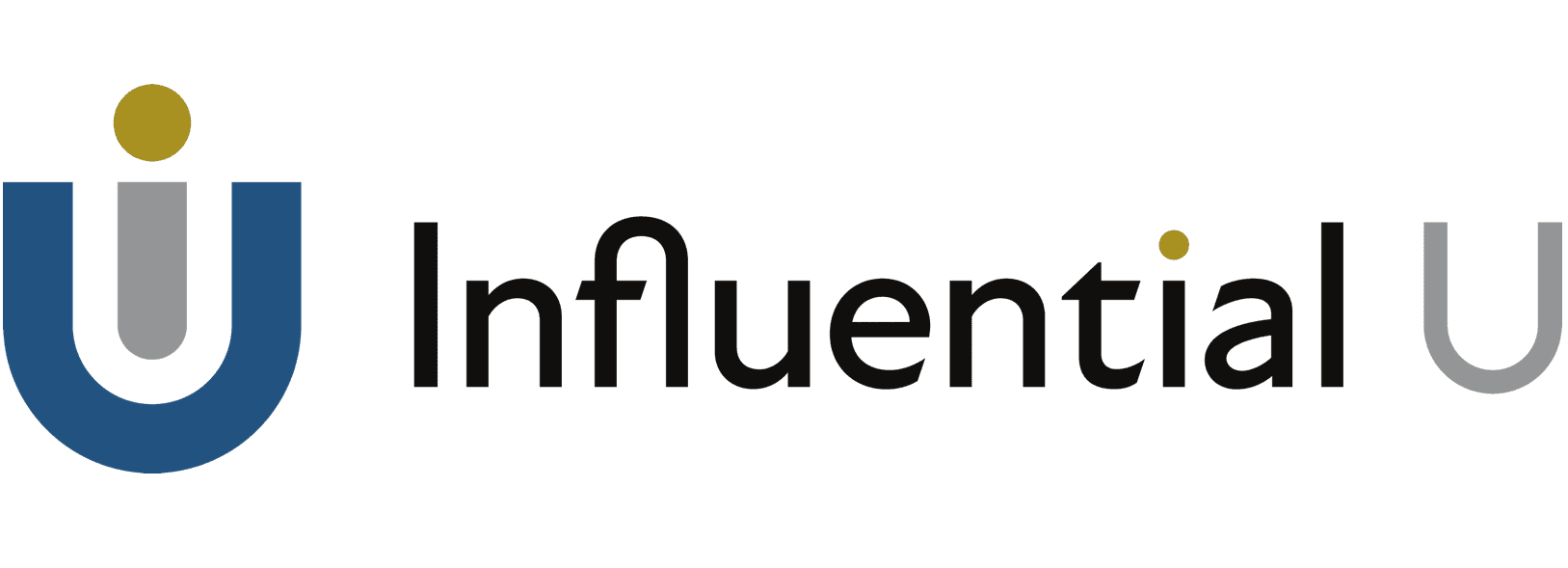Beware the Borrowed Tactic
It's time to dive into the meatier subject of frameworks that underpin strategic thinking. The realm of decision-making is not for the faint of heart, nor is it the playground of the indecisive. It demands a robust arsenal of tools and frameworks to navigate the labyrinth of choices that the modern world throws at us. As we say it, “slow down to speed up.” Let's embark on a journey through some of these tools, not just as a matter of academic exercise but as a practical guide for the ambitious thinkers and doers among us.
Foremost on our framework list is the PSTI framework (Planning, Strategy, Tactics, and Implementation) framework. In essence, PSTI attempts to "take the thinking out of good strategy," which sounds almost heretical in its simplicity. Yet, therein lies its brilliance. By breaking down any transaction—be it a project, offer, or product launch—into stages defined by narratives and their corresponding personality quadrants, PSTI demystifies the entire strategic process. It's like deconstructing a Michelin-star dish into ingredients so basic that anyone might be tempted to don the chef's hat. But, as with cooking, the magic isn't just in listing the ingredients but in knowing how to blend them to perfection.
PSTI’s essential insight is that strategy is fundamentally about resource allocation—those critical assets that always seem to be in short supply. For instance, embarking on a lengthy journey without considering time constraints or splurging on luxury when the budget is tight are clear signs of strategic misalignment. The most famous example of a resource-driven strategy is Southwest Airlines. Facing off against industry goliaths on their terms was out of the question; Southwest wielded its unique strengths precisely, showcasing that even limited resources can fuel remarkable achievements.
Rather than copy competitors' tactics (or reverse engineer them), Southwest maximized its operational efficiency by abandoning the complex hub-and-spoke model for a more straightforward point-to-point service. They focused on a specific segment of travelers seeking simple, efficient, affordable air travel. This strategy wasn’t about chasing the luxury market but fulfilling a widespread need for hassle-free travel, tapping into a vast, underserved customer base. Furthermore, the decision to operate a single aircraft model (the Boeing 737) was strategic genius.
Moving on, the SWOT Analysis (Strengths, Weaknesses, Opportunities, Threats) is so ubiquitous that it might seem cliché to the uninitiated. However, dismissing it would be akin to ignoring the foundation of a building because it's underground. This framework forces you to take a hard look at your business and its resources, both from the inside out and the outside in. It's not just about knowing where you stand; it's about understanding where you could falter and where you might soar. The SWOT Analysis isn't merely a tool; it's a strategic ritual, an initiation into informed decision-making.
Then there's the PESTEL Analysis, which sounds like a pest control technique but is infinitely more sophisticated. This framework helps us navigate the macro-environmental factors that impact businesses more profoundly than we often anticipate. Political, Economic, Social, Technological, Environmental, and Legal factors aren't just externalities; they're the winds that can either fill your sails or capsize your ship. Studying these currents is not just advisable; it's imperative for anyone who dares to navigate the high seas of business.
Lastly, with its childlike simplicity, the Five Whys Technique belies a depth of insight that claims to unravel even the most intricate problems. By asking "why" five times, we dig beneath the surface, past the symptoms of a problem, to unearth its “root cause.” It's a technique that promises to combine a toddler's persistence with a sage's acumen, reminding us that sometimes, the most profound answers lie beyond the most obvious questions. However, our caution is to beware of the root cause-and-effect inquiry, as assigning false causality is the disease of those unable to grasp the complexity of whole systems.
Ultimately, these frameworks are not just tools but lenses through which we can view the world. They shape not only our decisions but our very approach to strategic thinking. As we wield these tools, let us do so with the humility of students and the confidence of masters, always mindful of the complexity of the world we navigate yet emboldened by our attempt to make sense of it.
To my fellow thought leaders and collaborators, the journey through strategic frameworks is more than an academic exercise. It's a call to arms, a challenge to elevate our strategic thinking from mundane or borrowed tactics. Let's not just use these tools; let's wield them with precision, creativity, and ambition, for in the art of decision-making, it's not just the strongest or the most intelligent who succeed but those who are most adaptable to change. And in this ever-evolving world, adaptability is not just a strategy; it's our survival mechanism.
Keep playing, keep growing, and stay influential!

AUTHOR
John Patterson
Co-founder and CEO
INFLUENTIAL U
John Patterson co-founded and manages the faculty and consultants of Influential U global. Since 1987, he has led workshops, programs, and conferences for over 100k people in diverse professions, industries, and cultures. His history includes corporate curriculum design focusing on business ecosystems, influence, leadership, and high-performance training and development.



